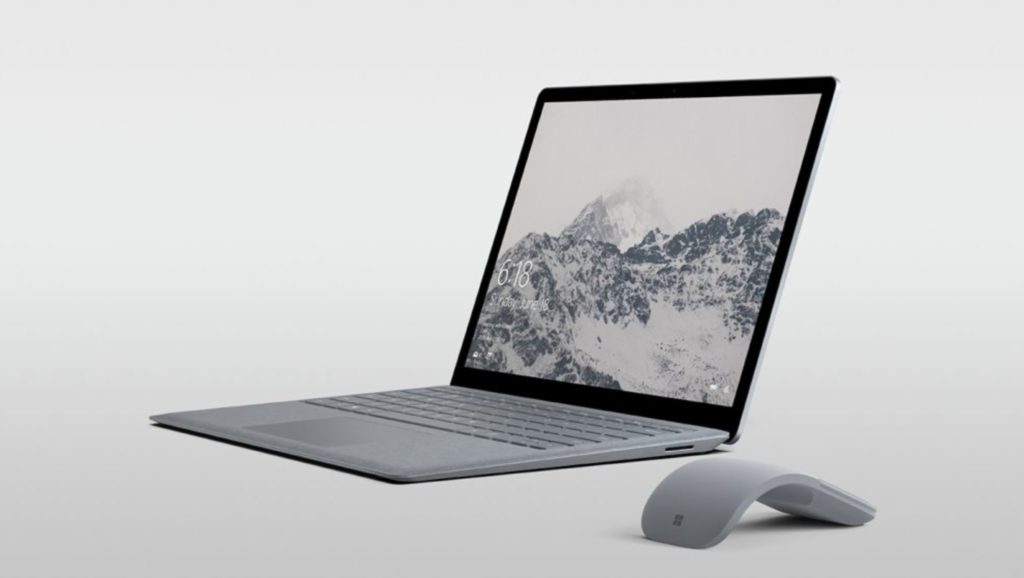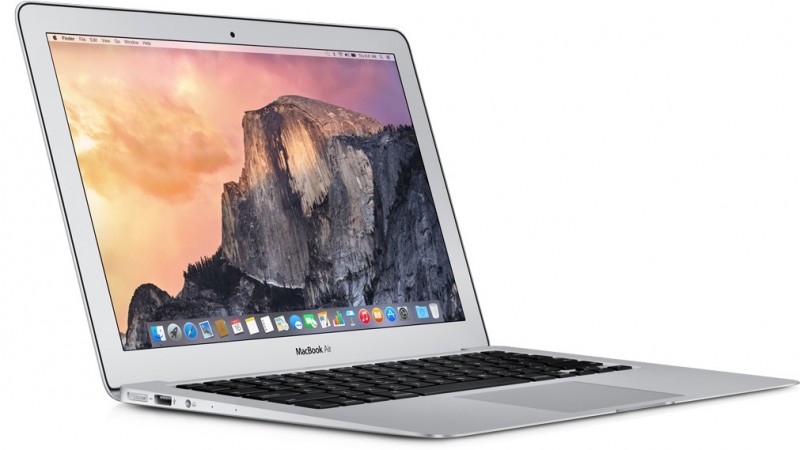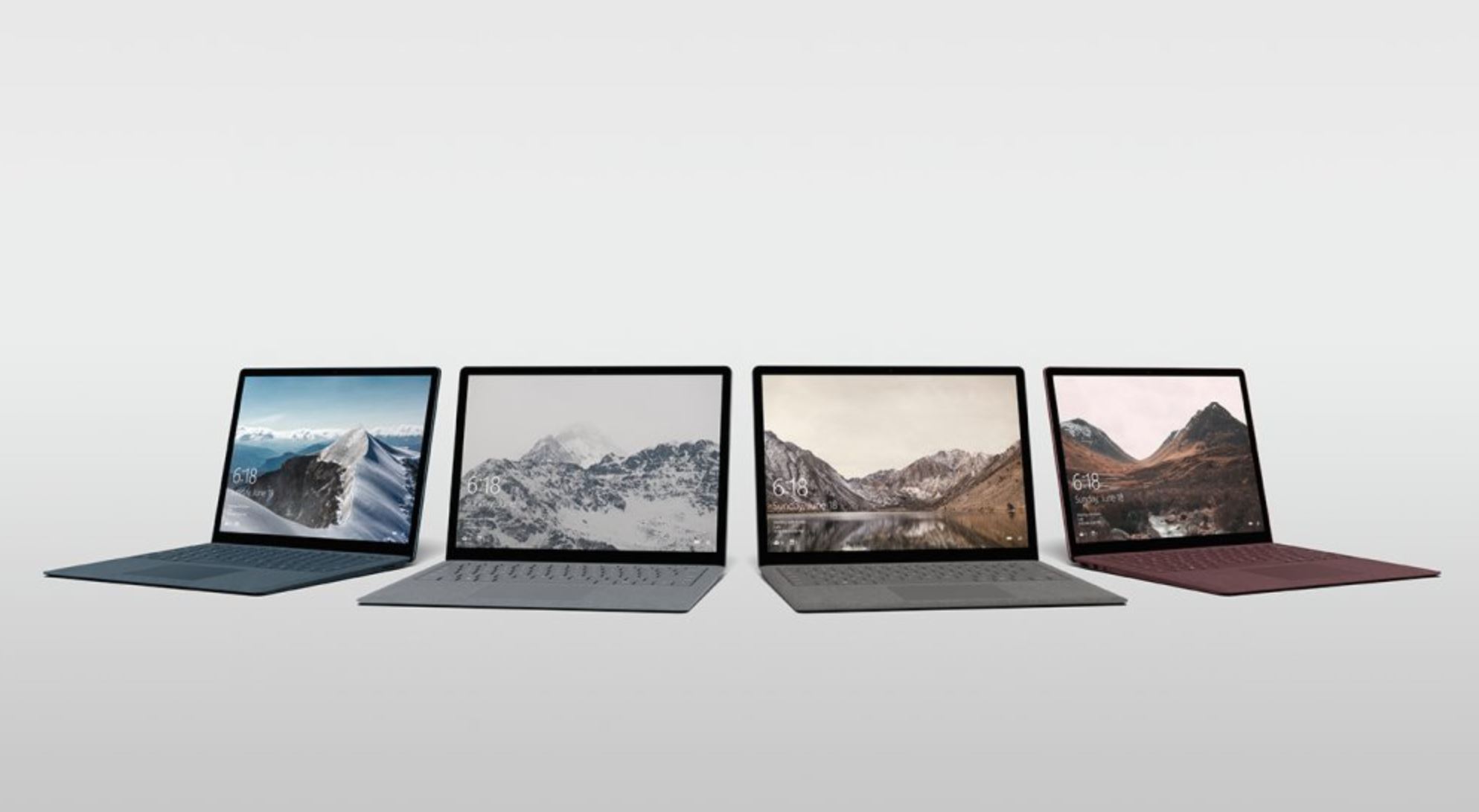When we first heard about Windows 10 Cloud coming to the market as a cheaper licensing alternative for OEMs (compared to the full version), we were excited, because Chromebooks would finally get some tough competition in the education and other markets. But that quickly turned to disbelief when Microsoft released its Surface Windows 10 S laptop on May 2 at a whopping $999.
However, if you dig a little deeper into Microsoft’s strategy, you’ll see that it makes perfect sense. In fact, it’s not just Chromebooks they’re targeting – it’s Apple’s MacBook line of laptops as well. Hmm, two birds with one stone.
At $999 for a Surface Windows 10 S laptop, it’s clearly not for the mass of K12 students that are at the core of the Chromebooks market. But for a college student or an educator, it’s the perfect device.
It acts like a Chromebook, with the first sign-in taking about 15-20 seconds, and subsequent sign-ins taking less than 5 seconds; but it’s also like a MacBook in its premium build and design philosophy.
In fact, one look at the device without any branding clues, and you’ll think you’re looking at a MacBook Air.


How Does This Strategy Help Microsoft Target Chromebooks?
What we think is going on is that Microsoft wants to straddle the entire education market from school kids to college undergrads and beyond. So, they took a page out of Apple’s play book and released a premium device that is perfect for all categories of students, from eighth graders to thesis-level post-graduates.
If our assumption is right, what we will see next, a little after the Windows 10 S laptop starts shipping, is the launching of Windows 10 S devices from OEMs. Those will possibly come in at a lower price range of between $300 and $700, depending on the hardware specs. And that’s where the real attack on Chromebooks will begin.
The logic behind this strategy is to work the education market from the top down, not the other way around.
The other benefit is that non-students (teachers and professors) and non-education users (the general market) will be able to upgrade to Windows 10 Pro for $49 with just a few clicks. In short, it’s almost like a hybrid laptop that goes from restricted app access to full PC capabilities in minutes.
However, there’s one big flaw with their strategy – the attempt to try and block default usage of Google Chrome and Google Search on the Windows 10 S version of these Surface laptops. Microsoft Edge is the default browser, and you can’t change that. You can download and use other browsers from Windows Store, but any webpage or website link you click on will always open in Edge. Moreover, Bing is set as the default search provider as well.
In our opinion, that move is in extremely bad taste. Chrome and Search are both the dominant software applications in their categories, and Microsoft could be rubbing a lot of consumers the wrong way with this particular tactic.
Apart from that, the strategy seems to be solid: Enter at a high price point and grab marketshare from premium device makers like Apple, then license the OS cheap to OEMs so they can come in at mid and low price points to grab marketshare from Chromebooks as well.
The ultimate beneficiary of these tactics is Windows 10, naturally. In fact, $49 upgrade fee to get the full Windows 10 version is possibly very close to what they’re losing on each Windows 10 S license fee to OEMs, when compared to the full Windows 10 OEM license. So, it’s actually a nice little feature to help them cover lower licensing income.
This is the presumed strategy that Microsoft will execute in the coming months for the Windows 10 S laptop. It makes a lot of sense for them to go this route, but we’ll have to wait and see how this plays out.
Thanks for visiting! Would you do us a favor? If you think it’s worth a few seconds, please like our Facebook page and follow us on Twitter. It would mean a lot to us. Thank you.



